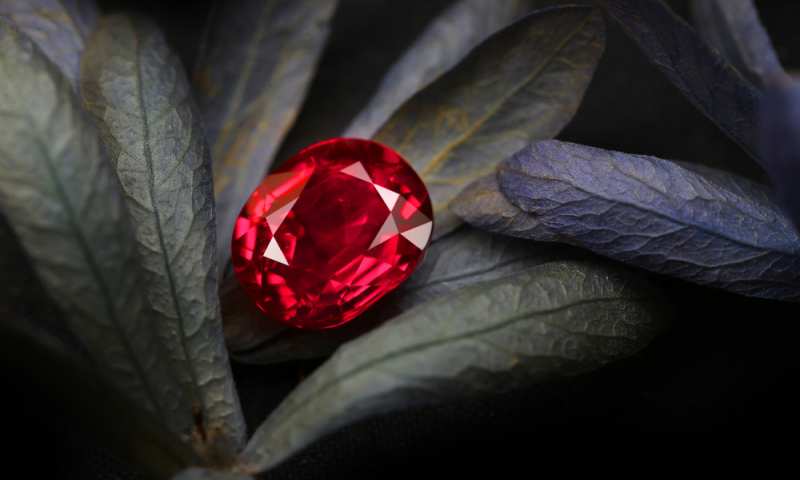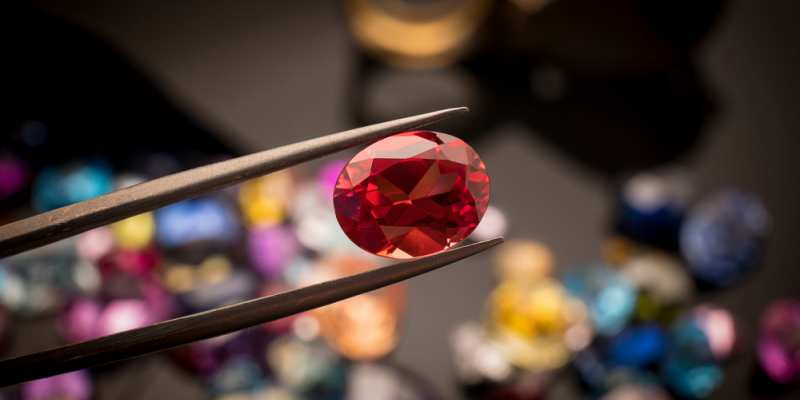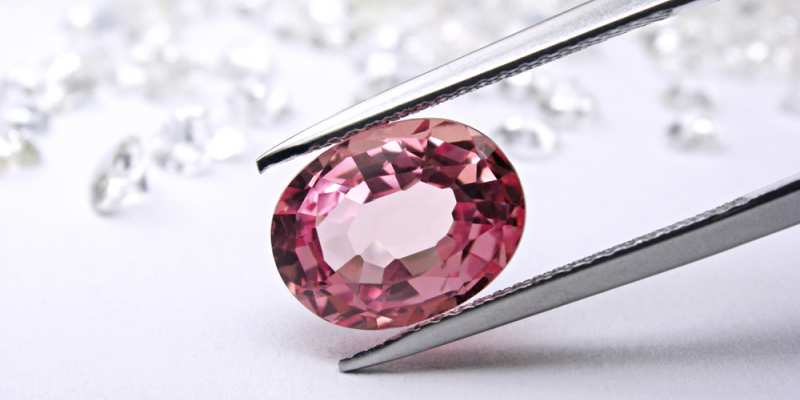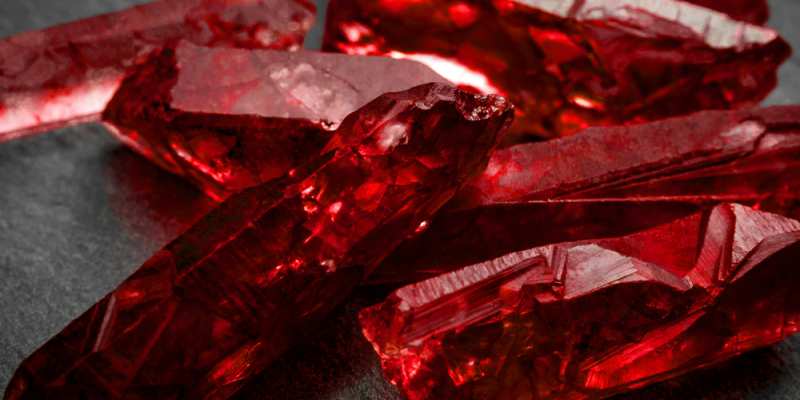We are all aware of the high value placed on diamonds, but have you ever wondered why? It’s true that diamonds are not the rarest gemstones out there. While they may not be readily found on the ground like pebbles, there are other gems that are much more elusive.
Interestingly, sapphires, which come in various shapes and sizes, are often priced lower than diamonds in the industry. So, what’s the reasoning behind this? Is it because sapphires are easier to find and prepare for sale? To further illustrate the point, let’s consider rubies.
Rubies are stunning and can be quite expensive, yet their value is not comparable to that of colorless diamonds. Are rubies actually rarer than diamonds? And if so, why don’t they command higher prices?
The subject can be quite complex, but we have done the research and are here to shed some light on the matter. Let’s delve into it and unravel the confusion together, shall we?
DESIGN YOUR OWN ENGAGEMENT RING: START WITH A SETTING OR START WITH A DIAMOND. IT’S REALLY UP TO YOU!

Are Rubies Rarer Than Diamonds?
The reality is that diamonds, despite not being the rarest gemstones, hold a significant position in the market. In contrast, there are other gems that are even more scarce. So, to answer the question directly, yes, rubies are rarer than diamonds.
However, the reason why rubies cost less than diamonds lies in the principle of supply and demand. In the gemstone marketplace, diamonds reign as the supreme gem. They are highly sought-after, creating a strong demand. Although diamonds are more abundant in nature, the larger supply doesn’t necessarily translate to higher prices.
Diamonds have an advantage over other gems in terms of marketing. While you may not see diamond advertisements on every corner, they are promoted extensively. Just think about the posters and images displayed in jewelry stores in your town—diamonds are prominently featured. Diamonds have become deeply embedded in our culture as symbols of wealth and refinement.
This cultural perception has been fostered over the last couple of centuries, thanks in part to the marketing efforts of the De Beers Corporation. Established in 1888, De Beers aimed to mine diamonds and sell them at the highest possible price. They launched a marketing campaign that penetrated the Western world, associating diamonds with prestige and prosperity. This strategic move drastically influenced the demand for diamonds.
In the past, proposals and engagements did not typically involve elaborate jewelry, especially not diamonds. But De Beers successfully propagated the idea that diamonds were essential for displaying wealth and taste. Their vision came to fruition, and they held a monopoly over 90% of the diamond market at one point, although they no longer have complete control today.
These companies effectively control the supply and demand dynamics by manipulating the market presence of diamonds. They regulate the supply to create a favorable demand. This situation has impacted the value and perception of diamonds in comparison to other gemstones.
Rubies, on the other hand, are not as readily available, especially in larger sizes. While smaller rubies can be found relatively easily, the scarcity of significant rubies contributes to their value. However, even if a diamond and a ruby of the same size and clarity are found on the same day, diamonds will generally fetch higher prices due to the market’s preference and willingness to pay more for them.
In summary, the pricing and value of gemstones, including diamonds and rubies, are influenced by a combination of their rarity, market demand, and the cultural significance attributed to them.

What Are Rubies?
So, we now understand why diamonds are valued higher than rubies. However, let’s delve into what rubies actually are. While diamonds are composed of tightly arranged carbon atoms, rubies have a more complex structure that gives them their rich color.
Rubies belong to the corundum variety of minerals and are essentially aluminum oxide corundum. It’s important to distinguish between the terms “gemstone” and “sapphire” because they are often used interchangeably. In the world of gemstones, there are five traditional cardinal gems: rubies, sapphires, amethysts, emeralds, and diamonds. While diamonds are widely recognized, the other gemstones can sometimes be confused.
Corundum, the mineral that rubies are made of, bears a resemblance to diamonds in terms of appearance. However, the distinguishing factor lies in their color. Color, cut, clarity, and carat weight are all important factors in determining the value of rubies, similar to diamonds. However, two aspects receive particular attention when evaluating rubies: color and weight.
Considering that heavier rubies are relatively rare, their weight is a significant factor in determining their value. The second crucial aspect is the color. Rubies are renowned for their beautiful red hue, and the purity of that color is highly valued by potential sellers. In fact, the name “ruby” is derived from the Latin word “ruber,” which means red.
Rubies are composed of transparent red corundum, which consists of the same atomic arrangement as diamonds. However, rubies are made of aluminum oxide in a mineral form. The color can vary from a light pink to a deep, rich red known as pigeon blood red, which is considered the most valuable type of ruby. To be classified as a ruby, the gem must exhibit a specific shade of red.
There are other gems that may appear similar to rubies to an untrained eye but fall just below the required shade for classification. These gems are known as pink sapphires. This categorization may seem confusing, and even scientists find it perplexing.
So, are pink sapphires actually rubies? The answer is somewhat complicated. While sapphires and rubies are distinct gemstones, there is an overlap in terms of color. Pink is essentially a shade of red, and there are pink rubies that are sold as such, albeit at a lower value compared to vivid red or pigeon blood rubies. However, lighter shades of pink were designated as pink sapphires to manipulate the demand for lighter rubies and maintain higher prices for the intense red rubies. While pink sapphires can still be profitable, they are not as highly valued as blood-red rubies or diamonds.
In summary, the classification and value of rubies and pink sapphires are influenced by their color, weight, and market dynamics, highlighting the intricate interplay between gemstone characteristics and consumer demand.

Why Are Rubies So Rare?
To understand why rubies are rare, let’s explore how they are formed.
To begin, let’s draw a parallel with diamond formation. Diamonds are created when carbon atoms are subjected to intense heat and pressure over a long period, resulting in tightly packed crystal structures. The process for rubies is similar, both in terms of the required conditions and the time needed for formation, but the composition differs.
As previously mentioned, diamonds consist of carbon, whereas rubies are composed of aluminum oxide. Breaking down the name, it becomes clear that rubies are made up of atoms of aluminum and oxygen that arrange themselves into tightly packed crystal structures when exposed to heat and pressure.
However, this alone doesn’t create rubies; it forms minerals. Rubies are formed when these minerals are exposed to another element: chromium. Over time, the aluminum atoms in the crystal structure are replaced by other atoms and minerals. When chromium is present, the minerals take on a deep red color. The more chromium, the more vibrant the color. Consequently, pink sapphires have less chromium content.
Finding locations where only the necessary elements are present beneath the Earth’s surface is challenging. When elements like silica or iron mix with the required elements, the development of the intense red color is hindered. This explains why rubies are difficult to find. Silica and iron are abundant in the Earth’s crust, and their presence prevents minerals from turning red. While smaller rubies may form in areas where silica or iron interference is minimal, larger rubies face obstacles in their formation.
Rubies also possess considerable durability compared to other gemstones. While diamonds hold the title of the hardest gemstone and material on the Mohs scale with a rating of 10.0, rubies claim the second spot with a rating of 9.0. Although they are highly durable, rubies are rarely used for industrial purposes due to their scarcity and the high costs associated with mining. Selling rubies as gemstones proves more profitable than utilizing them for industrial applications.
In summary, rubies’ rarity can be attributed to the specific conditions required for their formation, the presence of interfering elements like silica and iron, and their high durability, which makes them more valuable as gemstones rather than for industrial use.

Final Words
So here we reach the end of this captivating journey into the world of gemstones. Diamonds undoubtedly hold immense value, but as we’ve uncovered, it’s not due to their rarity.
In contrast, rubies remain an extraordinary find. They possess a captivating allure, are genuinely rare, and perhaps somewhat underappreciated. However, it’s worth noting that acquiring a substantial and exquisite ruby will still require a significant investment.
It’s crucial to distinguish rubies from other gemstones, if only to show our admiration and appreciation for these remarkable treasures. Now, armed with this knowledge, we can truly recognize the exceptional nature of these deep-red gemstones!


